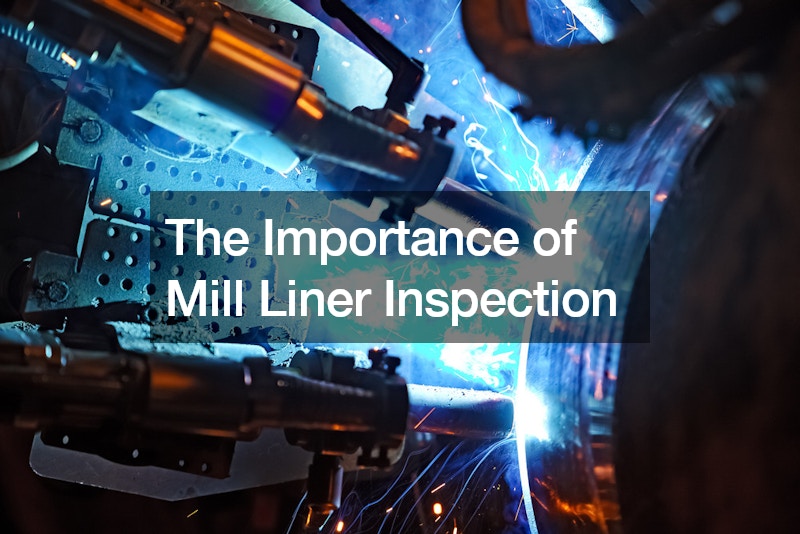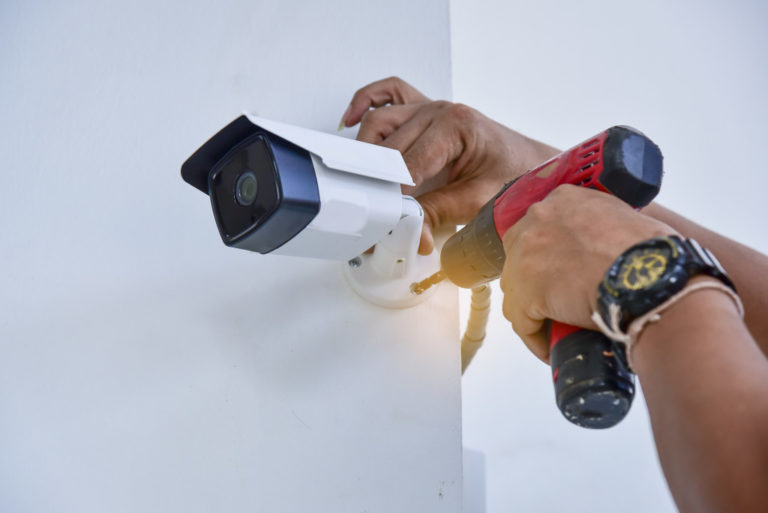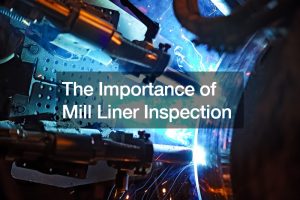Mill liners play a crucial role in the efficient operation of mining and mineral processing plants. These protective layers are designed to shield the mill shell from wear and tear, ensuring the grinding process remains efficient and productive. Regular inspection of mill liners is vital to maintain optimal performance and extend the lifespan of the mill.
Firstly, consistent inspections help identify signs of wear and potential damage early on. Over time, the constant impact of grinding media and ore can cause significant wear to the liners, leading to decreased efficiency and potential breakdowns.
By conducting regular checks, maintenance teams can detect these issues before they escalate, preventing costly downtime and repairs.
Secondly, mill liner inspections are essential for ensuring safety. Worn or damaged liners can lead to the unintended release of grinding media or ore, posing significant risks to workers. Regular inspections and timely replacements mitigate these hazards, fostering a safer working environment.
Moreover, routine inspections contribute to cost savings. By proactively managing the condition of mill liners, plants can avoid unexpected failures that often result in expensive emergency repairs and production delays. Scheduled maintenance based on inspection findings allows for better budgeting and resource allocation.

Finally, mill liner inspections support the optimization of grinding efficiency. Liners in good condition ensure that the grinding media remains effective, leading to finer and more consistent particle size distribution. This efficiency translates to improved recovery rates in mineral processing, enhancing overall productivity.

















